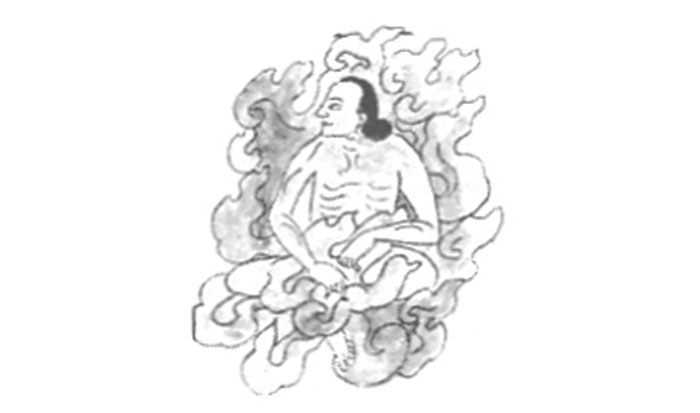Pain is an intrinsic part of being born in a physical body, as the Buddha has taught. In reality, aging and sickness begin the moment we enter the world. Yet we are conditioned to ward off all pain. We are unwilling to allow the pain simply to happen. There are some important and challenging questions relating to physical pain and our bodies:
- Are we comfortable with the truth of our bodies?
- Do we feel a need to control the changes in our bodies?
- Do we need to change things in any way?
- Can our mind be sufficiently spacious and receptive to allow all that appears to arise without our resistance or aversion?
- Can we be okay with heat, pressure, tingling, cold, and throbbing in the body?
- Is it all okay?
- Can it be workable?
Paradoxically, once we are willing to work with pain, we feel that it is not all bad. Pain is a riveting object of attention; to paraphrase Samuel Johnson, it concentrates the mind wonderfully. If we leave the breath and direct attention to whatever physical sensation is in the body, allowing ourselves to be present with whatever has arisen, the mind doesn’t tend to wander very much. If we are truly aware of the sensations, we find that pain can focus and calm the mind. There can be a joy that arises with this concentration. We are not scattered. The mind is happily focused.
What else do we discover in our examination of painful sensations? With careful observation, we find that the sensations are dissolving all the time. What previously seemed like a solid mass of misery is in fact changing from moment to moment. We may also discover that it was our aversion that made the pain seem really intolerable. When the aversion dissolves, what is left is much simpler and much less intimidating.
A Guided Meditation: Bringing Lovingkindness and Compassion into Areas of Pain
- Allow your eyes to close gently.
- Center attention on the breathing.
- Move awareness now to a part of the body where there is pain and discomfort.
- Rest there.
- Be aware of any sensations that might be there.
- Allow whatever you find to be okay.
- No fight.
- No struggle.
- Be with the truth, with acceptance.
- Continue attending to the breath for a while. If possible, breathe into and through the pain, as if this were actually the place where the breath enters and leaves the body.
- Direct the following phrases quietly to the area of pain (or use your own meaningful phrases). Allow the words to echo within you.
“I welcome you into my heart.”
“I accept you.”
“I care about this pain.”
“I hold you deep in my heart.”
“I accept what is happening right now.”
“May I be free from fear.”
“May I be happy, just where I am.”
“May I be peaceful with what is happening.”
- You may lay your hands gently on the area of discomfort.
- Allow feelings of lovingkindness and compassion to flow through the body. If there are no feelings of compassion, that is okay, also.
- Continue repeating the phrases.
- End by returning to the breathing for a while.
Thank you for subscribing to Tricycle! As a nonprofit, we depend on readers like you to keep Buddhist teachings and practices widely available.
